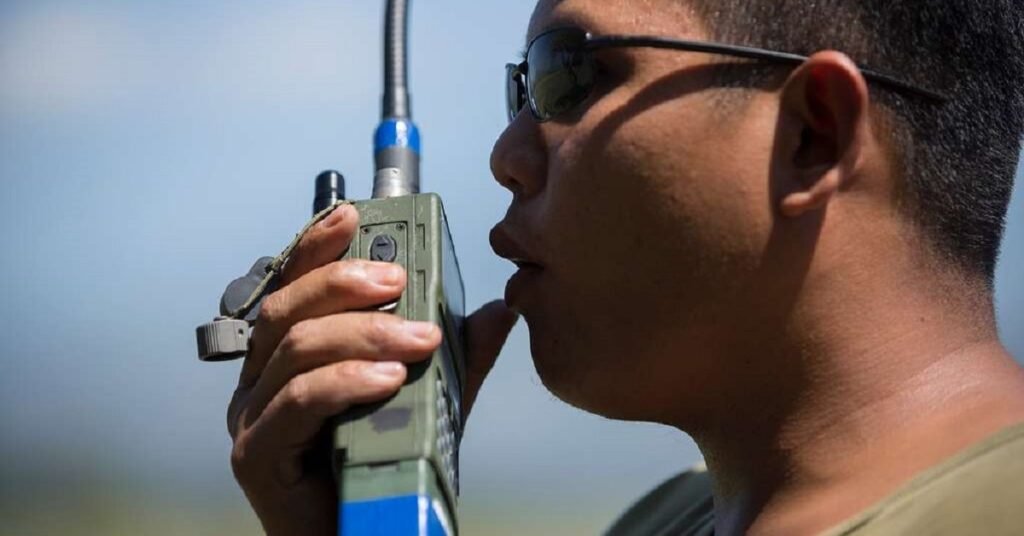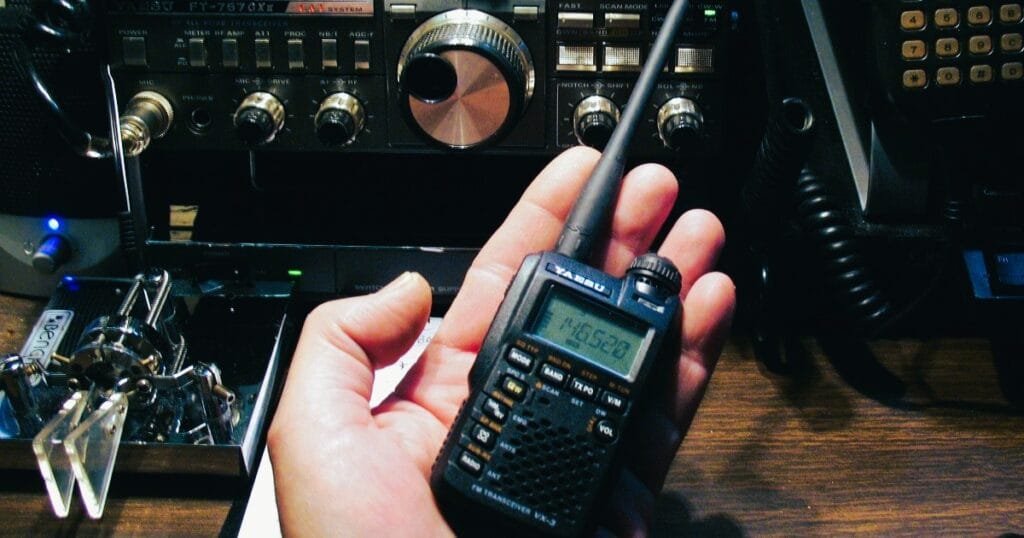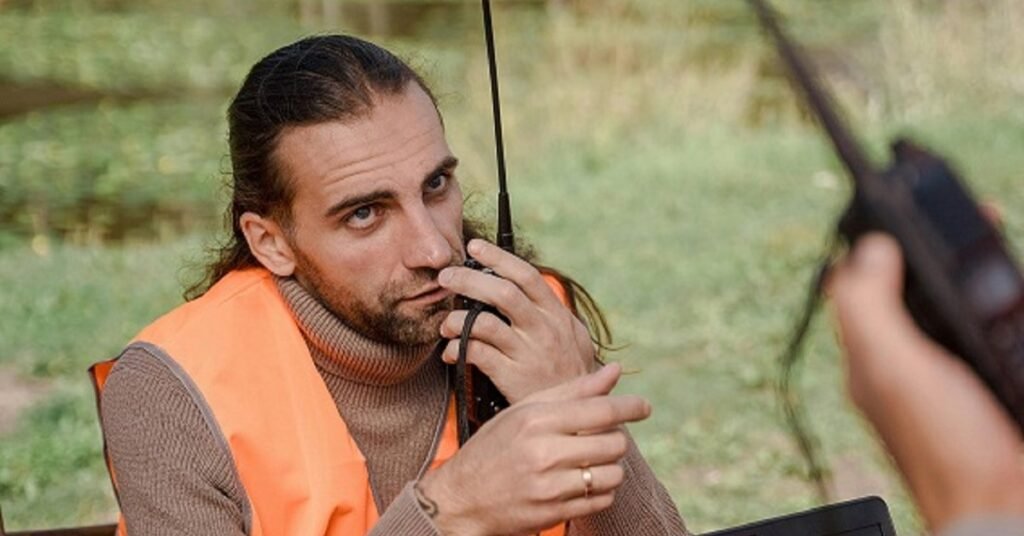Table of Contents
ToggleWhy Is My Walkie-Talkie Overheating? A Ham Radio Review You Didn’t Expect
Imagine this: You’ve returned to your workstation and are eager to use your reliable BTECH walkie-talkie for some on-the-go conversation. However, it feels less like a communication gadget and more like a freshly baked bagel when you pick it up. Surely, your ham radio is not happy about overheating. Now, I know that a heated walkie-talkie is more than simply uncomfortable—it’s a scream for assistance. Now, as a ham radio review enthusiast who’s fiddled with more devices than I like to confess.
But be assured—you’re not experiencing this alone. Many radio enthusiasts frequently experience overheating, and today we’ll go further into the reasons why your gadget is becoming a pocket-sized inferno. Warning: There are ways to maintain the composure and coolness of your walkie-talkie.
Reasons and Solutions of Overheating Issues
1. Ventilation Blockage: The Walkie-Talkie’s Airway Obstruction
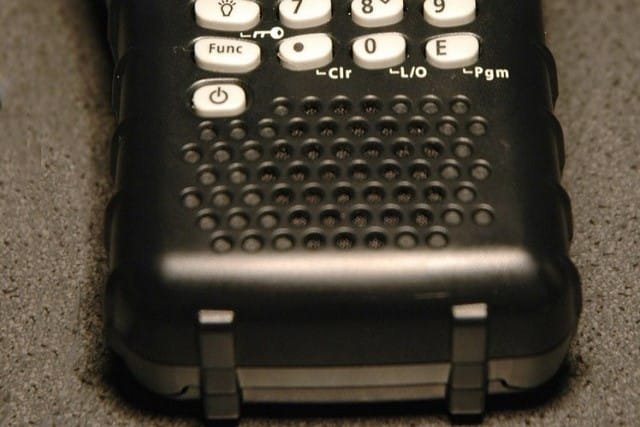
Walkie-talkies, like humans, require breathing to function. Most walkie-talkies include small ventilation slots that allow heat to escape. If these vents get clogged, your device may struggle to cool down, resulting in overheating. This is especially possible if your walkie-talkie has been on a few outside expeditions and has accumulated dust, dirt, or even the rare cookie crumb.
Recommendation
Give your walkie-talkie a quick test. Inspect and clean the small vents on a regular basis. A little burst of compressed air may work wonders. By keeping your device’s “lungs” clear, you’re helping to prevent future overheating problems. And, as any ham radio review will tell you, regular maintenance is essential.
2. The Wrong Charger: A Bad Match of Ham Radio
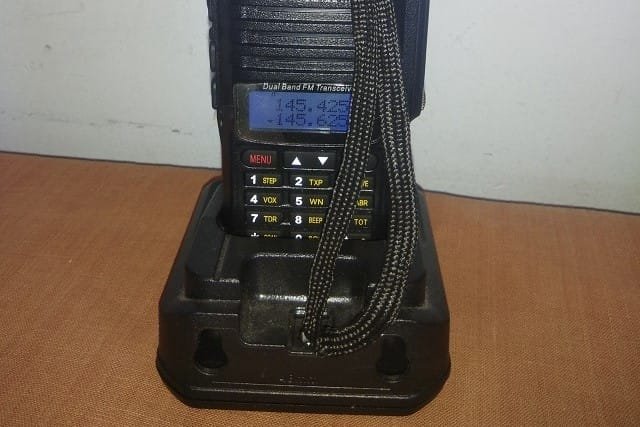
Have you ever tried to utilize a charger that wasn’t specifically designed for your device? Sure, it fits and may even work—for a time. However, utilizing an improper charger can be a walkie-talkie murderer in disguise. Chargers that supply too much or too little power might cause the battery to overheat and, in severe situations, harm the internal circuitry of your favorite device. It’s like giving your walkie-talkie quick food instead of the balanced diet it requires.
Recommendation
Always be sure the charger you’re using is the correct one for your walkie-talkie model. That generic charger may have been inexpensive, but if it does not match your device’s voltage requirements, you might be setting yourself up for more than simply overheating—think irreparable harm as well as a depressing visit to the electronics cemetery.
3. The Rogue Battery: A Ham Radio Review on Power Problems
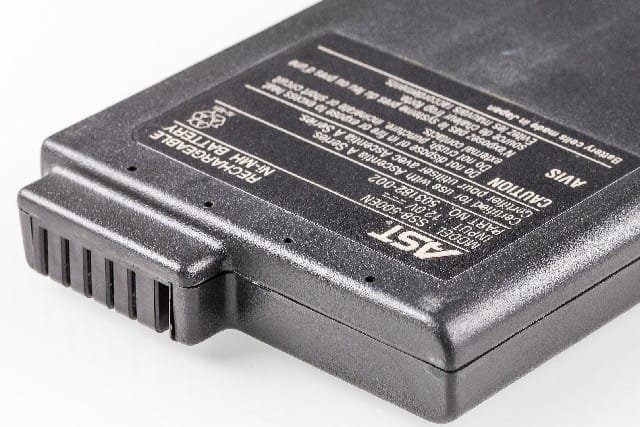
Batteries are not immortal. Even the literal battery in your walkie-talkie runs out. Unlike the breaker box in your home, you can’t just throw any old battery in there and call it good. Every model is different, and using a battery not designed for that specific device would undoubtedly cause overheating. As it happens, the resistance experienced by fitspo Tatum just about sums up how frustrating, and mostly futile — trying to force a very short square peg into an infinitesimally small round hole is.
Recommendation
Make sure you have the right kind of battery for your device before you install it. Specification Comparison Between The New And Old Batteries If it does not and you even find that the specs of the replacement battery are close to a match, send it back. But first check the battery voltage with a multimeter if you are unsure. It might be a bit much for some, but trust me when I say anything you put in now will pay off tenfold with the heat this holds. Depending on how well your walkie-talkie sucks the battery, you can potentially save some coin by just not buying a new battery pack. If you do, then shop for a fresh one. If you want to read about battery draining problems see my another article posted here.
4. Damaged Power Cable: The Silent Saboteur
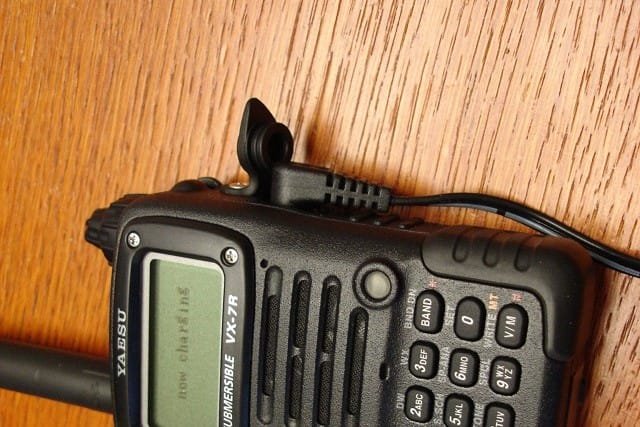
The power cables, those unsung heroes of our electronics silently doing their stuff until something is broken. It may seem like that a frayed or broken power line is not such a big deal, however this may affect the charging of your walkie-talkie. That is unavoidable, but it makes the batteries easily heat up when power is not evenly distributed.
Recommendation
Look for frayed wires or opened interiors of cables that are not to be ignored. In case that the power cable is getting aged and it is beginning to demonstrate some degradation, just change right away. It is a minor cost that could avoid an overheating walkie-talkie and serious damage to it.
5. Weather Conditions And Environmental Factors

Mother Nature is sometimes the issue, not your walkie talkie. As you know, extreme weather can weaken the battery of walkie talkies. Walkie-talkies typically use lithium-ion batteries that do not like hot temperatures. These batteries present an ideal working temperature of 15°C to 35°. After that, it is up to your battery and it’s cell chemistry. Anything outside of this range will make your battery explode into fireballs faster than you can say something.
Recommendation
If it is too hot outside, maybe you should charge your walkie talkie indoors which has been well ventilated. Keep the device out of anywhere it can get direct sunlight or left in a hot car. Think of your walkie-talkie as a companion, it does not want to overheat on you either.
6. Programming Problems: A Recipe for Disaster
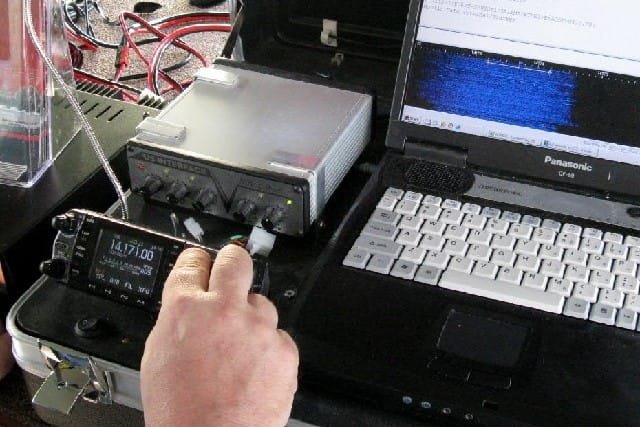
We all enjoy experimenting with our electronics, especially when it comes to programming walkie talkies. However, fiddling about with settings that your gadget was not built to handle might result in overheating. Perhaps you’re trying to exceed the recommended power levels or forcing the gadget to work at frequencies that cause it to sweat under pressure. In any case, programming errors can be a subtle source of overheating.
Recommendation
When reprogramming your walkie-talkie, follow the manufacturer’s instructions. Avoid using excessive power levels or unsupported frequencies. Sure, it may appear cool to push the limits, but your walkie-talkie will thank you for being calm.
7. Continuous Use: When Your Walkie-Talkie Needs a Breather
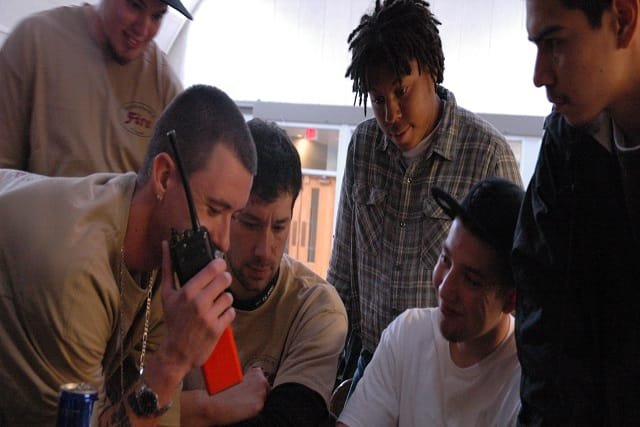
On the flipside, it can be easy to get swept up in the excitement of regular communication again, especially if you are off on an adventure or working on some fascinating project. But continuous use can also make your walkie-talkie heat up. Picture running a marathon with no break, even the pros will eventually overheat.
Walkie-talkies are made for intermittent use, so brief periods of communication work best with a pause in between. Keeping a transmitter on the air is hard work, especially when asked to operate at high power 100% of the time; it builds up excess heat. The more communication equipment has been used, the hotter they become.
Recommendation
Give your walkie talkie a break. Allow the gadget to cool down after conversing for a lengthy period of time before using it again. Many contemporary walkie-talkies have a duty cycle that determines how long they may communicate before requiring a break. Follow these instructions, and your gadget will repay you by keeping cool for longer.
8. Poor Quality Components: When Cheap Comes at a Cost
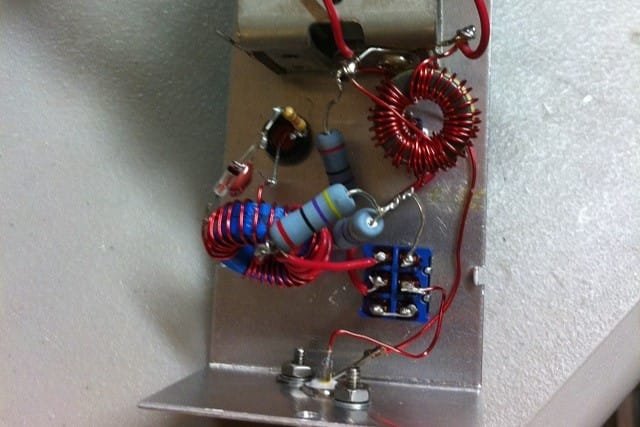
Overheating isn’t always caused by your actions; it might also be caused by the device itself. Cheaper walkie-talkies may employ substandard components that are less efficient at dispersing heat. While they may function properly for a while, these lower-quality parts might suffer with prolonged usage, resulting in overheating problems.
Recommendation
Invest in quality. It is true that it may be alluring to run with the least expensive alternative — particularly in case you are new to walkie-talkies. However spending more on an acclaimed mark would cause respite and space experimentation. Higher-end parts are all built to work with that in mind, particularly temperature control.
9. Software Glitches: The Invisible Culprit

In today’s technological environment, even a walkie-talkie requires some thought. Many of the functionality of contemporary radios are controlled by software, which includes power output and frequency management. However, like with any other program, problems might occur. If your walkie-talkie’s software causes it to perform inefficiently, it may overheat.
This might happen if the program becomes stuck in a loop or if an update was not installed properly. When a software freezes, your walkie-talkie’s fan goes into overdrive, creating extra heat instead of keeping up.
Recommendation
Update your software regularly. In some cases, manufacturer companies push new firmware versions to fix different bugs, overheating problems, and improve performance. Verify to make sure you are on the latest firmware of your walkie-talkie, if a bug is suspected either just do a reset or flash our firmware and see if that solves the issue.
Final Thoughts: A Ham Radio Review on Keeping Your Walkie-Talkie Cool
Overheating is more than just annoying; it tells you something is not right. The reasons for overheating include blocked vents, using an alien charger, a mismatch in the battery/power supply being used, damaged wires aboard from exposure to heat and other temporal events like nature can still take place or can even be due to prolonged usage or improper coding. Prevention of Overheating. Fortunately, with proper attention and care most overheating issues can be avoided. A maintained walkie talkie is simply more reliable, and has your back when you need it the most.
This is why you have gotten back into your car walkie-talkie and its so hot you can fry eggs, next time do not worry. Go through these steps and with a little troubleshooting, you will have it cooled down the road again. Just remember, your little guy is supposed to keep you connected; making it ice cold outside and in, so there you have it.
Learn more about troubleshooting in ham radio review. Check our Fix Doctor zone.
